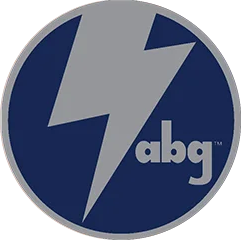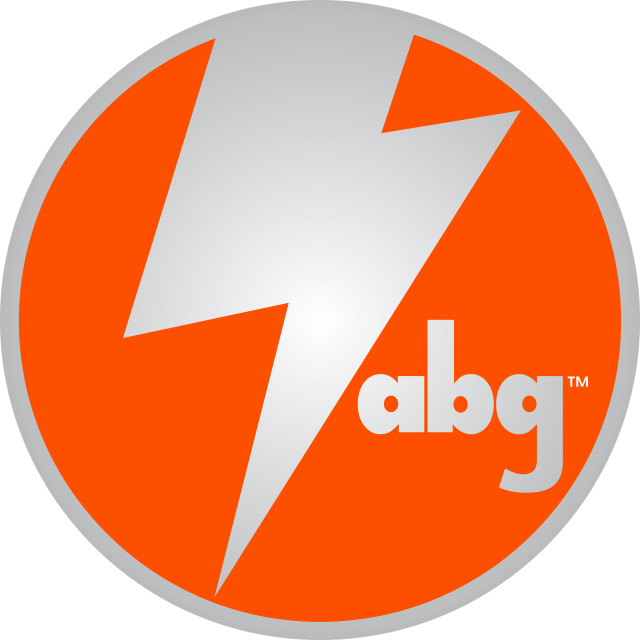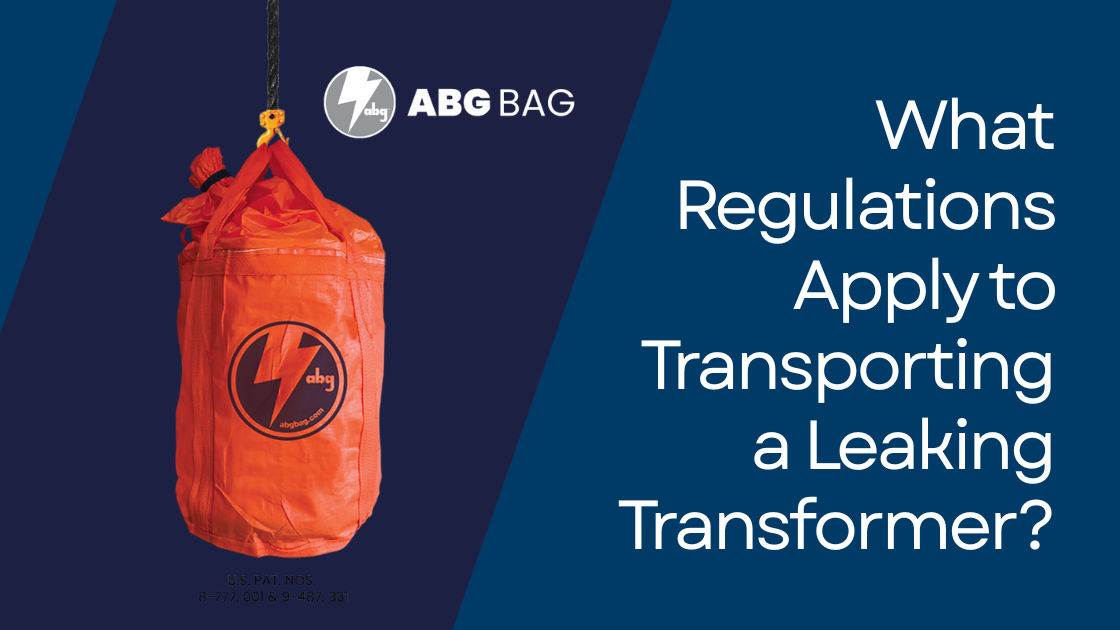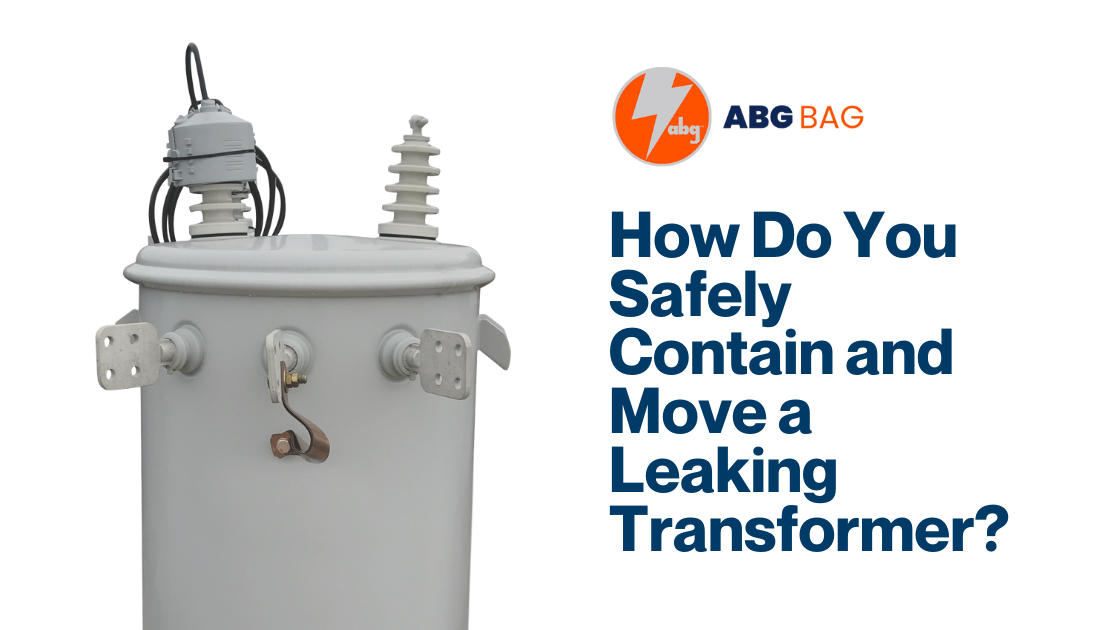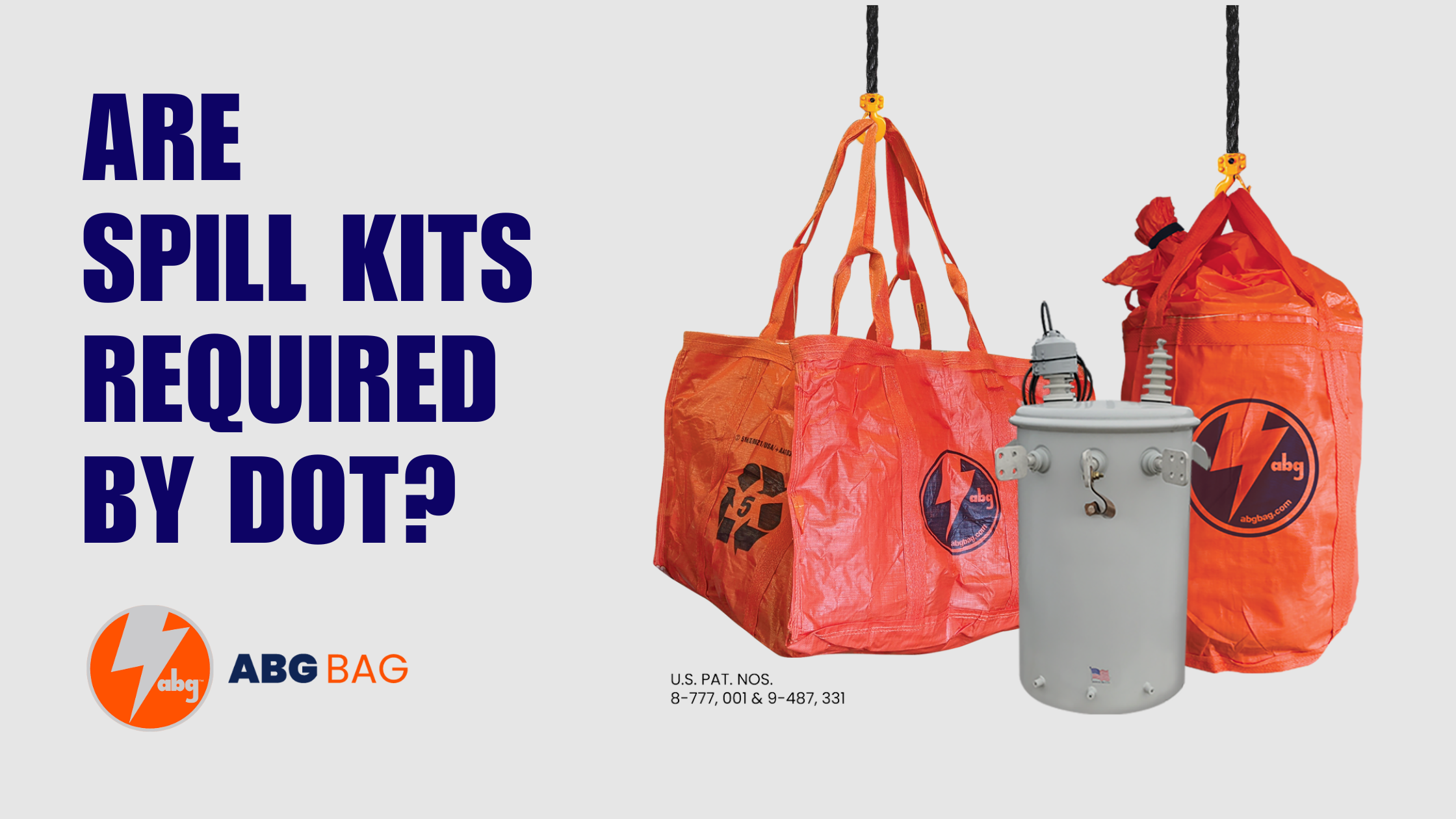
Are Spill Kits Required by DOT?
Transporting oil-filled transformers safely is a critical responsibility for utilities. While spill containment is important at any facility, the transportation of transformers introduces additional regulatory considerations. One common question utilities ask is whether spill kits are required by the Department of Transportation (DOT). Understanding DOT requirements, along with proper use of transformer containment solutions, is essential for maintaining compliance, protecting workers, and preventing environmental hazards.
DOT Regulations and Transformer Transportation
The Department of Transportation regulates the transport of hazardous materials, which includes oil-filled transformers. DOT rules are designed to prevent spills during transit, protect public roadways, and reduce environmental risks. Utilities transporting transformers must ensure that oil containment measures are in place to meet federal standards.
While DOT regulations do not explicitly mandate the presence of a spill kit for every transformer shipment, they do require that hazardous materials be securely contained. This means utilities must take all reasonable steps to prevent leaks, which often includes using DOT-compliant transformer containment bags in combination with other spill containment solutions for transformers.
Failure to follow DOT containment standards can lead to fines, inspection issues, and liability in the event of a spill. Using spill kits alongside containment bags ensures that utilities can respond immediately if a leak occurs during transport.
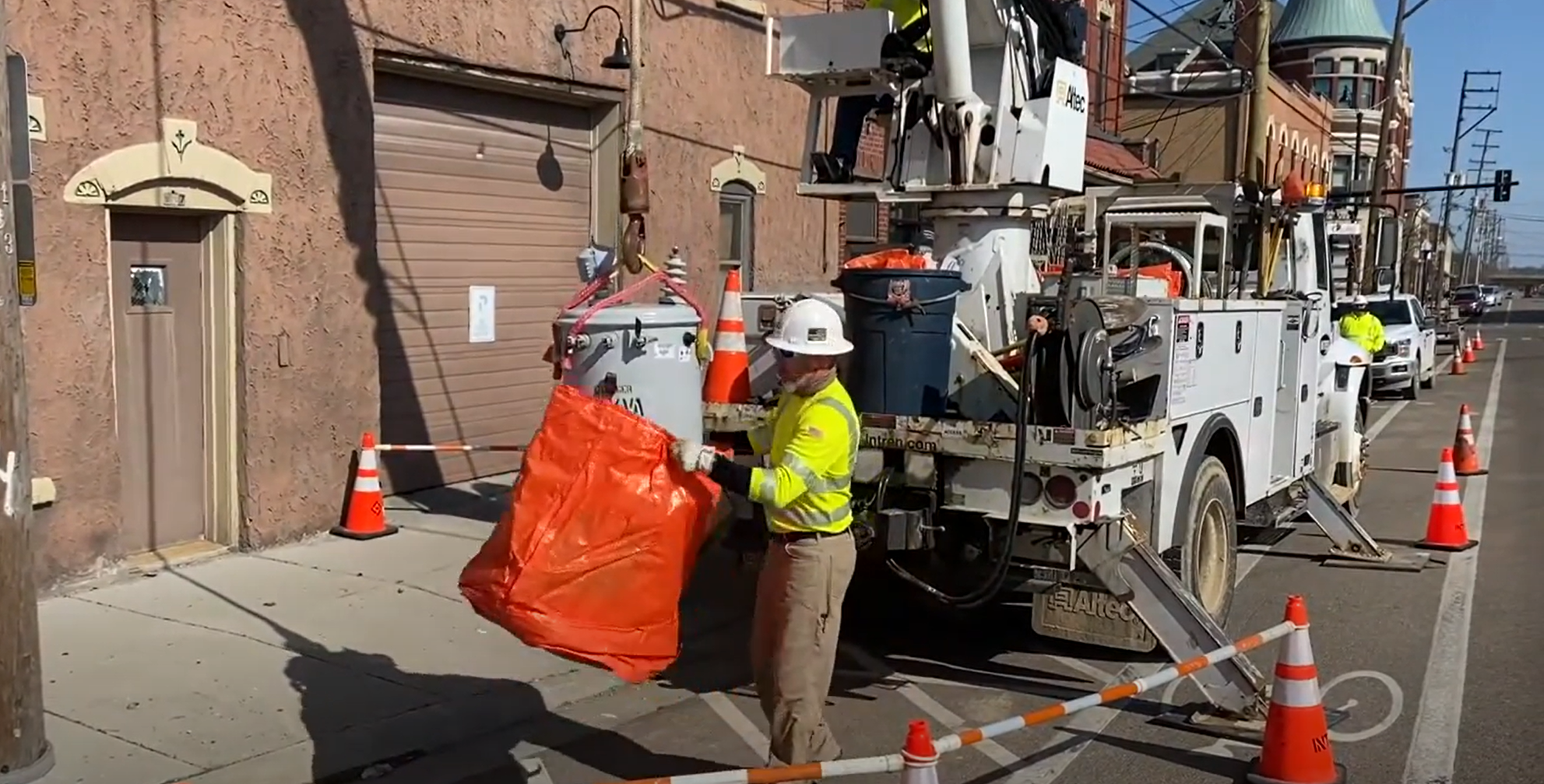
Role of Spill Kits in DOT Compliance
Although DOT focuses on safe containment during transit, spill kits serve as a complementary tool. Transformer oil spill kits provide utilities with the ability to respond quickly to unexpected leaks that may occur while loading, unloading, or transporting transformers.
A properly stocked spill kit for transport should include:
- Absorbent Pads to soak up oil immediately.
- Absorbent Socks or Booms to contain spills and prevent spreading.
- Personal Protective Equipment (PPE) such as gloves and goggles.
- Disposal Bags and Ties to safely remove contaminated materials.
- Instructions for proper cleanup procedures.
By combining spill kits with utility transformer containment bags or transformer maintenance containment bags, utilities create a multi-layered system. Proactive containment captures oil at the source, while spill kits provide a reactive solution to handle unexpected leaks. This combination helps demonstrate DOT compliance during inspections and protects both workers and the environment.
Choosing DOT-Compliant Transformer Containment Bags
DOT-compliant containment bags are engineered specifically for the safe transport of oil-filled transformers. These bags are tested and certified to prevent leaks, keeping oil contained during movement between sites.
Key considerations for selecting DOT-compliant containment bags include:
- Capacity: The bag must accommodate the transformer’s oil volume.
- Material: Chemical-resistant fabrics prevent degradation from transformer oil.
- Seal Integrity: Secure closures and reinforced seams ensure that oil does not escape during transit.
- Compatibility with PCB Containment: For older transformers containing polychlorinated biphenyls (PCBs), DOT-compliant bags may be paired with PCB transformer containment solutions to meet EPA requirements.
Integrating these bags with a spill kit ensures that, even if a leak occurs, the oil is contained and can be safely cleaned up.
Spill Kits and Pole-Mounted Transformers
While most DOT requirements focus on transport, spill containment is also relevant for utility operations involving pole-mounted transformer oil spill bags. Crews often need to move pole-mounted transformers for maintenance or replacement. In these cases, combining spill kits with containment bags ensures that oil does not escape during the lifting, lowering, or relocation process.
Additionally, environmental compliance transformer bags and transformer spill control bags can be used on-site to prevent leaks before transport. This layered approach demonstrates proactive hazard management and aligns with both DOT and OSHA expectations.
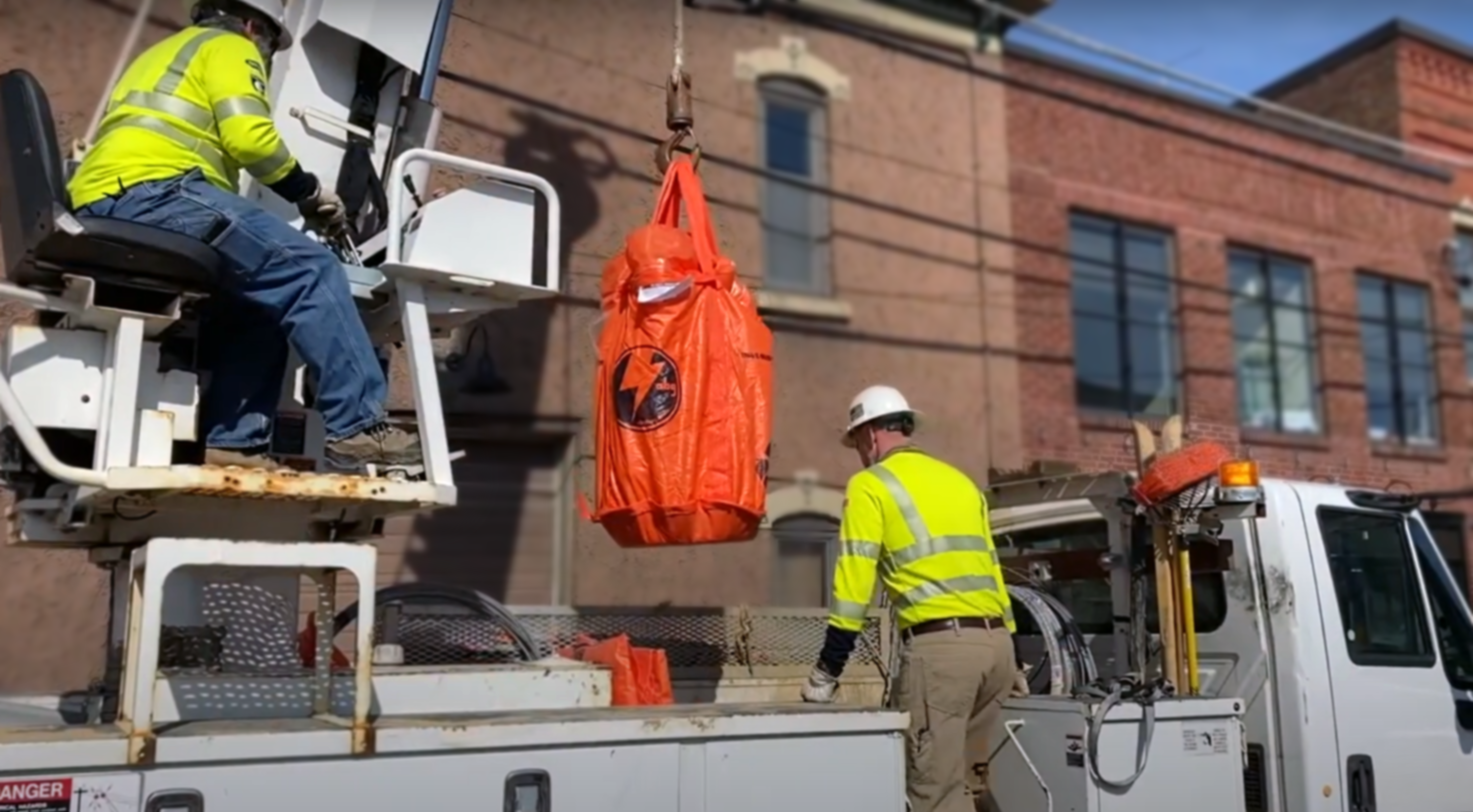
Best Practices for Utilities
To ensure DOT compliance and reduce risk during transformer transport, utilities should follow several best practices:
- Pre-Transport Inspection: Verify that all containment bags are intact, sealed, and sized correctly for the transformer.
- Layered Containment: Use spill kits in conjunction with DOT-compliant bags to provide both proactive and reactive protection.
- Personnel Training: Ensure that crews know how to deploy containment bags, use spill kits, and respond to leaks safely.
- Documentation: Maintain records of containment measures, inspections, and spill kit availability to demonstrate compliance during DOT inspections.
- PCB Considerations: For legacy transformers containing PCBs, use certified PCB transformer containment solutions in addition to DOT-compliant bags and spill kits.
Following these practices reduces liability, protects public infrastructure, and ensures that utilities meet both environmental and regulatory standards.
While DOT does not explicitly require spill kits for every transformer transport, using a transformer oil spill kit alongside DOT-compliant transformer containment bags is considered a best practice. These combined measures ensure that oil remains contained, workers are protected, and regulatory expectations are met.
A comprehensive containment strategy should include transformer spill control bags, transformer maintenance containment bags, utility transformer containment bags, pole-mounted transformer oil spill bags, and PCB transformer containment solutions. Integrating these solutions creates a robust system that protects both the environment and the utility’s operations.
For utilities seeking guidance on the right transformer spill containment solutions, see our Transformer Oil Spill Kits For Utility Compliance resource. For a broader perspective on spill prevention and containment strategies, consult our Guide To Transformer Spill Containment Solutions.
To discuss the ideal containment and spill response solutions for your operations, call 800-758-8079 or contact ABGBAG by filling out the form below. Our experts can help you implement a complete, compliant, and effective transformer spill containment program.
Do You Have Questions?
For inquiries about our products, order status, or any other information related to ABG, send us a message, and we will respond soon.
Sales & Customer Care
Product Questions



